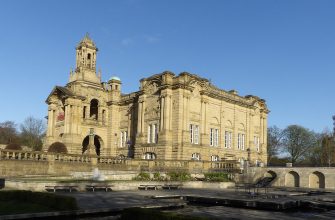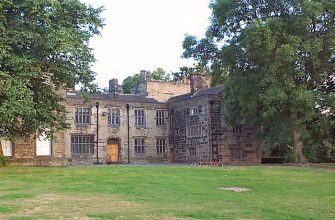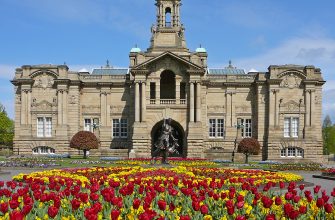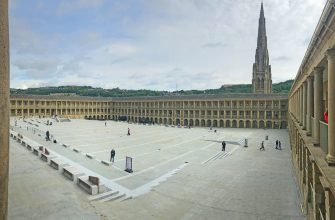St. Martin’s Church, located in Canterbury, England, is a remarkable testament to the rich history and architectural prowess of the medieval era. As the oldest working church in the English-speaking world, it has been a significant religious building and a site of Christian pilgrimage for centuries. Its Anglo-Saxon and Norman influences are evident in its architecture, making it a fascinating tourist attraction and a heritage site of immense value. This article delves into the history, architecture, and significance of St. Martin’s Church, providing essential details for tourists planning to visit this iconic UK tourism spot.
History of St. Martin’s Church
St. Martin’s Church boasts a history that dates back to the Roman occupation of Britain. It was initially a private chapel for Queen Bertha of Kent in the 6th century, before Augustine arrived from Rome. The church played a pivotal role in the reintroduction of Christianity to southern England. Its historical significance led to its recognition as a World Heritage Site by UNESCO in 1988, along with Canterbury Cathedral and St. Augustine’s Abbey.
Architectural Significance
The architecture of St. Martin’s Church is a blend of Anglo-Saxon and Norman styles. The nave and chancel, which are the oldest parts of the church, exhibit the simplicity and functionality characteristic of Anglo-Saxon architecture. The later additions, including the tower and the font, reflect the grandeur and intricacy of Norman design. The church’s architectural features provide a visual narrative of the changing styles and influences over centuries.
What to See
The ancient baptismal font, believed to have been used by St. Augustine.
The Roman bricks incorporated into the Anglo-Saxon construction of the nave and chancel.
The medieval wall paintings and the stained glass windows, which add a touch of colour and artistry to the otherwise austere interior.
The churchyard, which is a peaceful retreat with graves dating back to centuries.
Visiting St. Martin’s Church
St. Martin’s Church is open to visitors throughout the year. There is no admission fee, but donations are appreciated to help maintain this historic site. Guided tours are available, offering insights into the church’s history and architecture. It’s advisable to check the church’s official website for the most up-to-date information on opening hours and tours.
Tips for Tourists
Wear comfortable shoes as the churchyard has uneven surfaces.
Respect the sanctity of the church as it is still a place of worship.
Combine your visit to St. Martin’s Church with Canterbury Cathedral and St. Augustine’s Abbey, all of which are part of the Canterbury World Heritage Site.
In conclusion, St. Martin’s Church is a must-visit for anyone interested in history, architecture, or religious heritage. Its enduring legacy as a place of worship and its role in the Christian history of England make it a unique and enriching destination in UK tourism.








